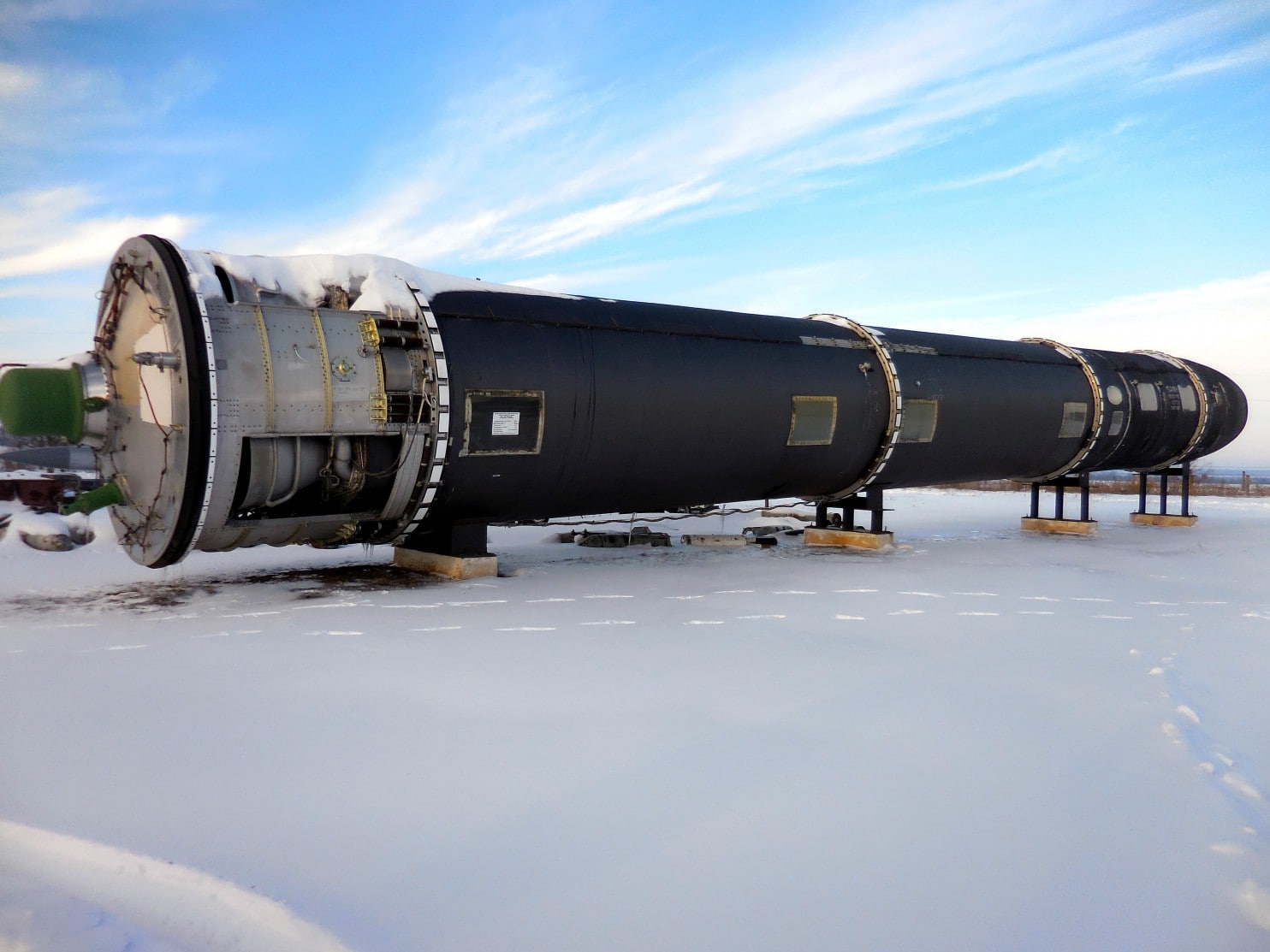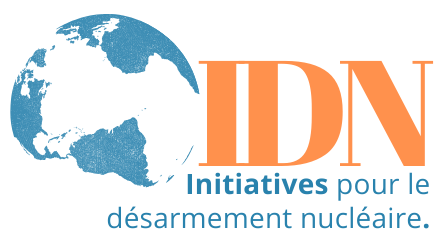The United States plans to spend $1.7 trillion over the next three decades to replace its nuclear arsenal. This is a lot of money, more annually than the country spends on the entire State Department. Even so, if we thought this level of spending were required to ensure U.S. national security, we would support it. It is not. The nation can spend much less and still be safe. In fact, safer.

Article du Washington Post du 16 novembre 2017
William J. Perry was U.S. secretary of defense from 1994 to 1997. James E. Cartwright, a retired U.S. Marine Corps general, was a vice chairman of the Joint Chiefs of Staff from 2007 to 2011.
The United States plans to spend $1.7 trillion over the next three decades to replace its nuclear arsenal. This is a lot of money, more annually than the country spends on the entire State Department. Even so, if we thought this level of spending were required to ensure U.S. national security, we would support it. It is not. The nation can spend much less and still be safe. In fact, safer.
This may sound counterintuitive, but if we scale back plans to replace the nuclear arsenal, we will actually improve our security. And we will save hundreds of billions of dollars.
How can this be? Current plans call for building new nuclear weapons as if the Cold War had never ended. This is dangerous. In the past, we lived with great risks that, at the time, we thought were justified. No longer. It is time to take a hard look at the arsenal and replace the weapons we need for today’s threats — and forgo the rest.
We support a strong U.S. nuclear deterrent as long as nuclear weapons are held by other nations. But we do not support replacing every weapon in the arsenal. At a time of tight defense budgets, a dollar spent on nuclear weapons is a dollar taken away from other military needs, such as sustaining conventional forces and countering terrorism and cyberattacks. The United States cannot afford to do it all.
During the Cold War, the greatest danger to the United States was a “bolt from the blue” from the Soviet Union — a massive surprise nuclear attack. We armed ourselves to the teeth to prevent this. Thankfully, those days are over. The Soviet Union disappeared 25 years ago. Current Russian belligerence, although worrisome, does not constitute a renewed Cold War.
Today, the greatest danger is not a Russian bolt but a U.S. blunder — that we might accidentally stumble into nuclear war. As we make decisions about which weapons to buy, we should use this simple rule: If a nuclear weapon increases the risk of accidental war and is not needed to deter an intentional attack, we should not build it.
The Cold War arsenal includes intercontinental ballistic missiles (ICBMs), submarines, long-range bombers, cruise missiles and the nuclear warheads they carry. Last month, the Congressional Budget Office estimated that maintaining and replacing the arsenal over 30 years would cost $1.2 trillion in constant dollars, or $1.7 trillion with inflation. The CBO’s new cost estimate is much higher than previous ones and should be a wake-up call that current plans must be rethought.
We support building an appropriate number of new nuclear-armed submarines as the most survivable leg of the deterrent. No adversary could believe that a surprise attack would destroy all of our at-sea submarines. And any one of them (carrying as many as 192 thermonuclear warheads) is capable of inflicting unacceptable damage on that adversary. Thus our submarines alone give us an assured deterrence.
Moreover, because the submarines are not vulnerable to a first strike, there is no reason to launch their missiles under warning of attack. This avoids serious concerns about accidental war that are inherent to ICBMs, which certainly would be the first targets of any surprise attack and cannot be recalled should they be launched in response to what turns out to be a false alarm. This is not a theoretical problem. We had three false alarms during the Cold War, and on one of those, we narrowly averted a nuclear catastrophe.
As an insurance policy in case submarine survivability becomes threatened, we also support an appropriate number of new stealth bombers, which would be used primarily for conventional missions but could also be armed with nuclear gravity bombs now being rebuilt. Bombers could be sent into the air in a crisis, and, once there, could loiter for many hours, allowing them to wait out an alarm while airborne.
It is time to step back and take a fresh look. The United States does not need to arm its bombers with a new generation of nuclear-armed cruise missiles. We should no longer run the risk that a conventionally armed cruise missile might be mistaken for one with a nuclear warhead, thus starting a nuclear war by mistake. According to the CBO, canceling this weapon would save $30 billion. Similarly, the United States should cancel plans to replace its ground-based ICBMs, which would save $149 billion.
We should consider all aspects of our nuclear posture and our conventional forces’ needs before rushing headlong into these expensive and contentious development programs. We believe, too, that taking a more prudent course in rebuilding our deterrent systems could help avoid a new arms race with Russia that neither side should want.
Certain nuclear weapons, such as the cruise missile and the ICBM, carry higher risks of accidental war that, fortunately, we no longer need to bear. We are safer without these expensive weapons, and it would be foolish to replace them. With nuclear weapons, as with all things, sometimes less is more.
